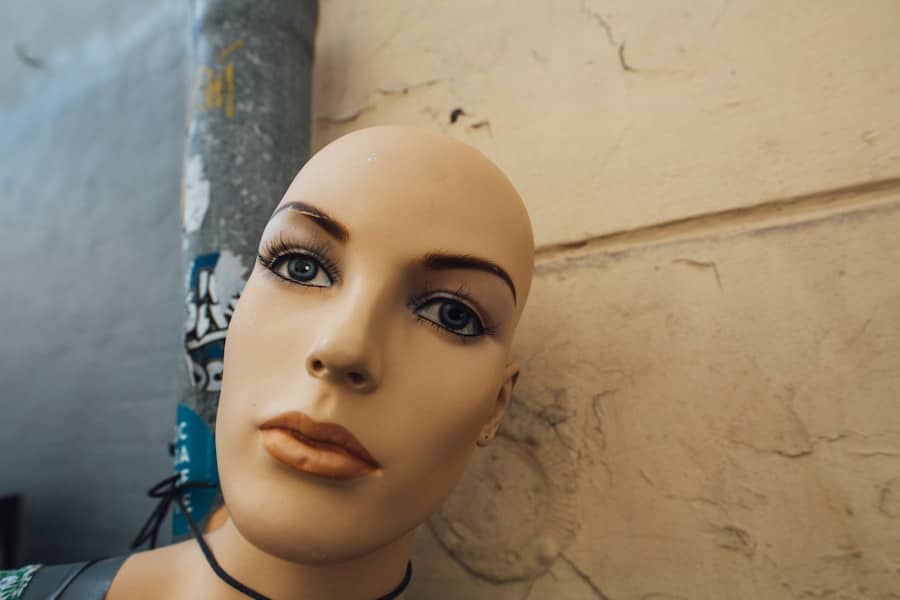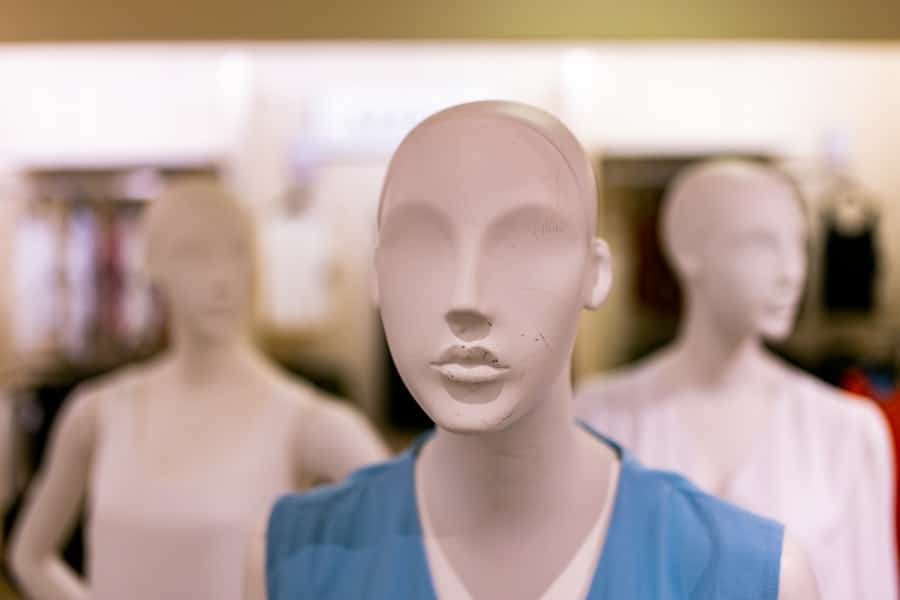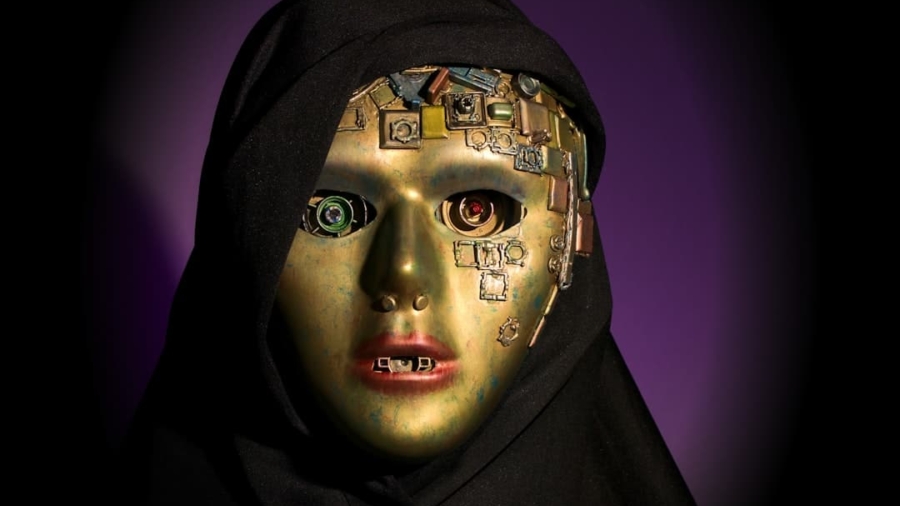Face recognition technology has emerged as one of the most significant advancements in the field of artificial intelligence and computer vision. This technology enables machines to identify or verify individuals by analyzing facial features from images or video frames. The applications of face recognition systems are vast, ranging from security and surveillance to user authentication and social media tagging.
The underlying principle of face recognition involves capturing an image of a person’s face, extracting distinctive features, and comparing them against a database of known faces to determine identity. The evolution of face recognition systems has been driven by advancements in machine learning algorithms, particularly deep learning techniques. Traditional methods relied heavily on handcrafted features and simple classifiers, which often struggled with variations in lighting, pose, and occlusion.
However, with the advent of convolutional neural networks (CNNs), the accuracy and robustness of face recognition systems have significantly improved. These systems can now learn complex patterns and representations directly from raw pixel data, making them more effective in real-world scenarios. As a result, face recognition technology is increasingly being integrated into various sectors, including law enforcement, retail, and personal devices.
Key Takeaways
- Face recognition system is a technology that identifies and verifies a person’s identity using their facial features.
- Installing OpenCV and setting up the environment is the first step in building a face recognition system.
- Preprocessing the input images involves tasks like face detection, alignment, and normalization to improve the accuracy of the system.
- Training the face recognition model involves feeding it with a dataset of labeled faces to learn and recognize different individuals.
- Implementing the face recognition system involves integrating the trained model with a user interface for real-time recognition.
Installing OpenCV and setting up the environment
Installing OpenCV and Dependencies
The first step in utilizing OpenCV is to install it along with its dependencies. For Python users, the installation can be accomplished using pip, the package installer for Python. By executing the command `pip install opencv-python`, users can quickly set up the library in their development environment.
Additional Required Libraries
In addition to OpenCV, it is essential to have other libraries such as NumPy for numerical operations and Matplotlib for visualizing images. These libraries can also be installed via pip.
Setting Up a Virtual Environment
Furthermore, setting up a virtual environment is recommended to manage dependencies effectively and avoid conflicts between different projects. Tools like `venv` or `conda` can be used to create isolated environments. Once the environment is set up, developers can begin importing OpenCV and other necessary libraries into their Python scripts, paving the way for building a robust face recognition system.
Preprocessing the input images for face recognition

Preprocessing is a critical step in the face recognition pipeline as it directly impacts the performance of the model. The goal of preprocessing is to enhance the quality of input images and ensure that they are in a suitable format for feature extraction. One common preprocessing technique is resizing images to a standard dimension.
This step ensures that all input images have the same size, which is crucial for consistent feature extraction. For instance, resizing images to 224×224 pixels is a common practice when using deep learning models. Another important aspect of preprocessing is normalization.
Normalizing pixel values helps in reducing the impact of lighting variations and improves the convergence speed during training.
Additionally, techniques such as histogram equalization can be employed to enhance contrast in images, making facial features more distinguishable.
Finally, detecting and aligning faces within images is essential; this can be accomplished using Haar cascades or Dlib’s facial landmark detection to ensure that facial features are consistently positioned across different images.
Training the face recognition model
Once the input images have been preprocessed, the next step involves training a face recognition model. There are several approaches to training such models, but one of the most effective methods is using deep learning architectures like CNNs. These networks are designed to automatically learn hierarchical feature representations from raw image data.
A popular architecture for face recognition tasks is the FaceNet model, which uses a triplet loss function to optimize the embedding space for facial features. To train a model like FaceNet, a dataset containing labeled images of various individuals is required. The dataset should ideally include multiple images per person under different conditions (lighting, angles, expressions) to enhance the model’s robustness.
During training, images are fed into the network in batches, and the model learns to minimize the distance between embeddings of the same individual while maximizing the distance between embeddings of different individuals. This process typically involves several epochs, where the model iteratively adjusts its weights based on the loss calculated from its predictions.
Implementing the face recognition system
With a trained model in place, implementing the face recognition system involves integrating various components to create a functional application. The first step is to capture real-time video input from a camera or use static images for testing purposes. OpenCV provides convenient functions for accessing camera feeds and processing video frames in real time.
As each frame is captured, it undergoes preprocessing similar to that applied during training—resizing, normalization, and face detection. Once a face is detected in a frame, it is passed through the trained model to obtain its embedding representation. This embedding can then be compared against embeddings stored in a database of known individuals using distance metrics such as Euclidean distance or cosine similarity.
If the distance between embeddings falls below a predefined threshold, a match is confirmed; otherwise, it is classified as an unknown individual. Additionally, implementing features such as bounding boxes around detected faces and displaying names or IDs enhances user experience and provides visual feedback on recognition results.
Testing and evaluating the face recognition system

Testing and evaluating the performance of a face recognition system is crucial to ensure its reliability and accuracy in real-world applications. A common approach to evaluate such systems is through metrics like accuracy, precision, recall, and F1-score. These metrics provide insights into how well the system performs under various conditions and help identify areas for improvement.
To conduct thorough testing, it is essential to use a diverse dataset that includes variations in lighting conditions, facial expressions, occlusions (e.g., glasses or masks), and different angles. By analyzing how well the system recognizes faces across these variations, developers can gauge its robustness.
This process helps ensure that the model generalizes well to unseen data rather than merely memorizing training examples.
Fine-tuning the face recognition system for better accuracy
Fine-tuning a face recognition system involves making adjustments to improve its accuracy and performance further. One effective strategy is to augment the training dataset with additional images through techniques such as rotation, flipping, or adding noise. Data augmentation helps create a more diverse dataset that can improve model generalization by exposing it to various scenarios it may encounter in real-world applications.
Another approach to enhance accuracy is hyperparameter tuning. This process involves experimenting with different configurations of model parameters such as learning rate, batch size, and network architecture (e.g., number of layers or units per layer). Utilizing techniques like grid search or random search can help identify optimal hyperparameters that yield better performance on validation datasets.
Additionally, employing transfer learning by leveraging pre-trained models on large datasets can significantly reduce training time while improving accuracy since these models have already learned useful feature representations.
Conclusion and future developments
The field of face recognition technology continues to evolve rapidly with advancements in machine learning and computer vision techniques. As systems become more sophisticated, they are increasingly being integrated into various applications across industries such as security, healthcare, and entertainment. Future developments may focus on enhancing privacy measures and addressing ethical concerns surrounding surveillance and data usage.
Moreover, ongoing research aims to improve robustness against adversarial attacks—where malicious inputs are designed to deceive recognition systems—and enhance performance in challenging conditions such as low-light environments or extreme angles. As technology progresses, we can expect more innovative applications of face recognition systems that not only improve user experience but also prioritize ethical considerations in their deployment.
If you’re interested in building a face recognition system with OpenCV, you might also find it beneficial to explore the latest advancements in wearable technology, which often incorporate similar recognition features. For instance, the article on The Top 5 Smartwatches of 2023 discusses how modern smartwatches are integrating advanced biometric recognition systems, including facial recognition, to enhance user security and convenience. Understanding these applications can provide valuable insights into how face recognition technology is being utilized in consumer electronics today.
FAQs
What is OpenCV?
OpenCV (Open Source Computer Vision Library) is an open-source computer vision and machine learning software library. It provides a wide range of tools and algorithms for image processing, object detection, and face recognition.
What is a face recognition system?
A face recognition system is a technology that identifies or verifies a person’s identity by analyzing and comparing patterns based on the person’s facial features.
What are the steps to make a face recognition system with OpenCV?
The steps to make a face recognition system with OpenCV typically include:
1. Preprocessing the images
2. Training the face recognition model
3. Detecting and recognizing faces in real-time
What are the prerequisites for making a face recognition system with OpenCV?
To make a face recognition system with OpenCV, you will need to have a basic understanding of Python programming, familiarity with OpenCV library, and access to a webcam or images for training and testing.
What are the benefits of using OpenCV for face recognition?
OpenCV provides a wide range of tools and algorithms for image processing, making it suitable for developing robust and accurate face recognition systems. It also has a large community of developers and extensive documentation for support.
What are the potential applications of a face recognition system?
Face recognition systems have various applications, including security and surveillance, access control, biometric authentication, human-computer interaction, and personalized user experiences in retail and marketing.

